Dry Fractionation Plant
We believe in providing top quality workmanship and are so confident in our level of service that we back.
We believe in providing top quality workmanship and are so confident in our level of service that we back.
Dry fractionation of palm oil is a process used to separate palm oil into two different fractions: Olein and Stearin based on their different melting points. This process is typically conducted without the use of solvents, hence the term “dry” fractionation. It is an important industrial process for producing specialty fats and oils with specific melting characteristics for various applications in food, cosmetics, and other industries.The plant utilizes dry fractionation, which involves preheating the oil to ensure uniformity and prevent the formation of solid or semi-solid zones, followed by a crystallization and filtration process.
Crude palm oil (CPO) is initially heated to a specific temperature (typically around 50-70°C) to reduce viscosity and improve flow characteristics. This step facilitates easier handling and processing in subsequent stages.
The heated palm oil is then rapidly cooled to induce crystallization. Palm oil contains a mixture of triglycerides with different melting points. During cooling, these triglycerides solidify into distinct crystals based on their melting points.
Once crystallization is complete, the mixture is passed through filters or centrifuges to separate the solidified fractions (solid fats) from the liquid phase (liquid oils). The solid fats typically contain higher melting triglycerides, while the liquid oils contain lower melting triglycerides. The stearin cake, which still contains some olein, is subjected to further processing to recover the remaining olein. This is typically done by squeezing the cake using air or liquid to extract any residual olein.

Strategies to ensure proactive domination. At the end of the day,User generated content in real-time will have multiple touchpoints for offshoring.






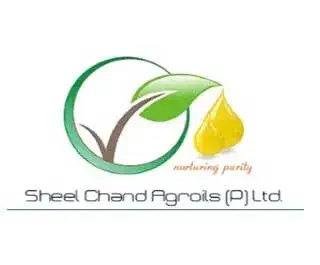
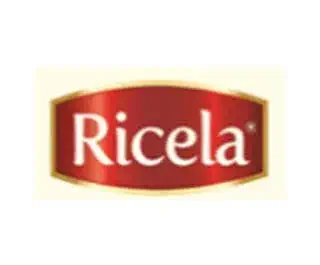
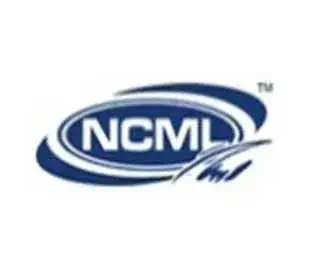







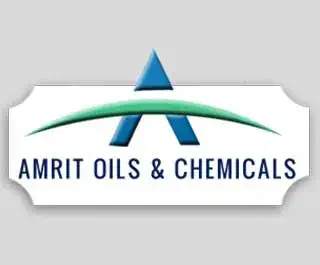
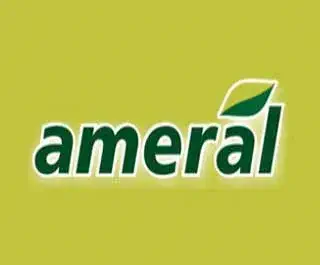

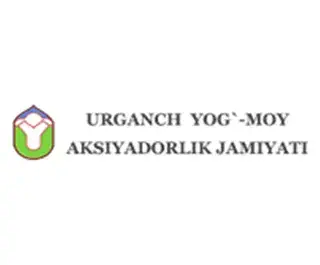

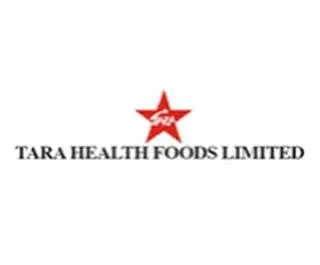
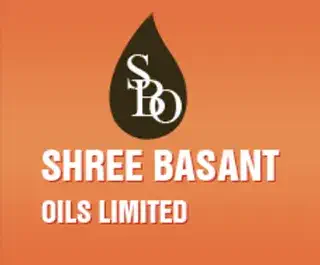
Discover some of the most asked questions regarding Dry Fractionation Plant.
Dry fractionation is a process used to separate palm oil into its liquid and solid fractions without using solvents or chemical treatments. This process involves cooling the oil to crystallize the solid components (stearin) and then separating them from the liquid fraction (olein).
Dry fractionation is used to obtain different fractions of palm oil with varying melting points and properties. This process allows the production of palm oil products with specific attributes, such as cooking oil, margarine, and shortening, that meet various industry requirements.
Olein: The liquid fraction of palm oil that remains after cooling. It has a lower melting point and is typically used for cooking oils and other liquid applications.
Stearin: The solid fraction that crystallizes during cooling. It has a higher melting point and is used in products like margarine and shortening.
No Solvent Use
Lower Operational Costs
Simpler Process
Pre-Treatment
Cooling
Crystallization
Separation
While dry fractionation is specifically suited for palm oil due to its unique fatty acid composition and crystallization properties, similar fractionation processes can be applied to other oils with appropriate adjustments. However, the specific conditions and equipment may vary based on the type of oil.
Olein: Commonly used in cooking oils, salad oils, and as a component in various food products.
Stearin: Used in margarine, shortening, and other solid or semi-solid fat products.